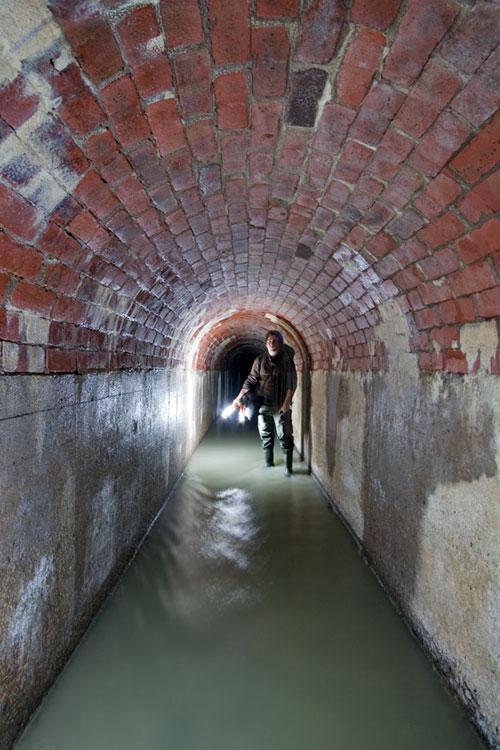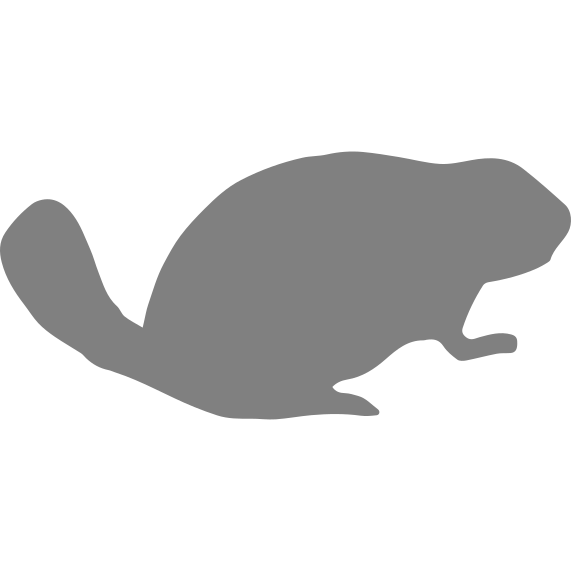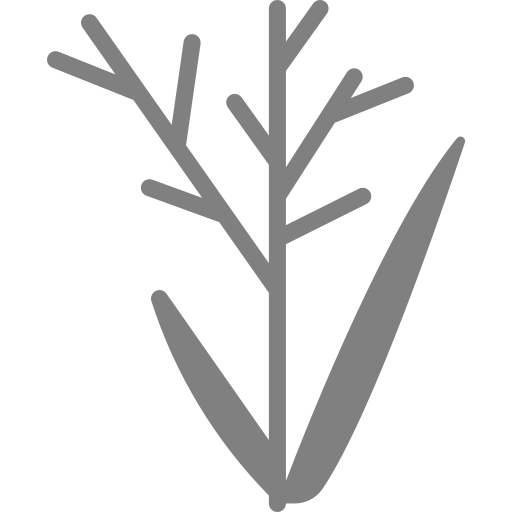adapted by Karyn Klaire Koski
Entombed sewers border High Park’s northeast corner. The High Park Trunk Sewer was installed on the northern border of High Park in 1914 as part of a program of ravine filling and service provision to pave the way for nearby residential development.
This trunk sewer, along with sewers from South Earlscourt and the Junction (which run down Keele Street to High Park) were then buried, along with significant portions of both Spring Creek and Wendigo Creek Ravines. By infilling the ravines, the newly leveled grade along Bloor Street made home building easier.
The trunk sewer runs from just east of Jane Street beneath Bloor Street, east to the vicinity of High Park Avenue, where it turns southeast into the park and passes by the now disused Parkside Standby Tanks (see map below). It begins as a low rectangular box, passing down a series of steps east of Runnymede, and then grows to a 2m tall brick and concrete arch, east of Clendenan Ave. It then joins with a sub-trunk from the north. It also receives a side-connection that serves the apartment towers northwest of Bloor and Keele. This connection frequently smells of chlorine and ammonia.
Concrete storm sewers were also built and they feed the remaining sections of both creeks, through outfalls at the sediment ponds located within the park (Ridout & Howard Ponds). Also in the northeast corner of High Park is a small pipe that diverts the flow from the trunk sewer into a High Level Interceptor.
A system was created in the 1970s to ease the strain on the High Level Interceptor; it is a tall side-flow weir with an adjacent concrete shaft, within a diversion chamber. Overflows, which still occur in heavy rains, now drop about 15 feet into a modern concrete conduit that delivers them to the Parkside Drive Relief Sewer.
This sewer running along Parkside Drive used to flow straight into the lake, but since the 2000s, it is now intercepted into the Western Beaches Storage Tunnel.
Sources
- High Park Trunk Sewer by Michael Cook at The Vanishing Point.




















